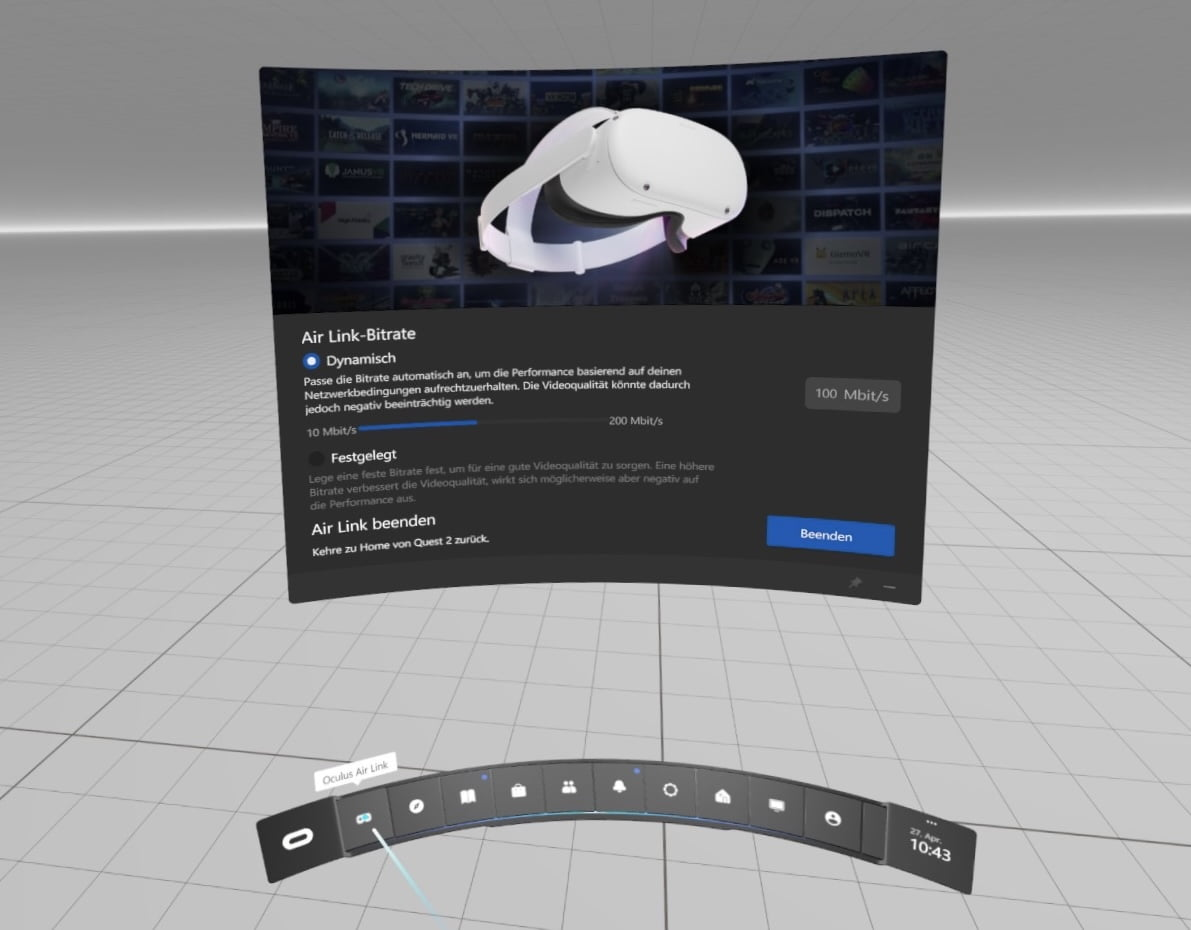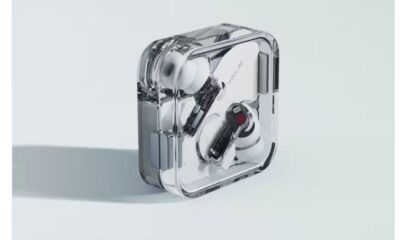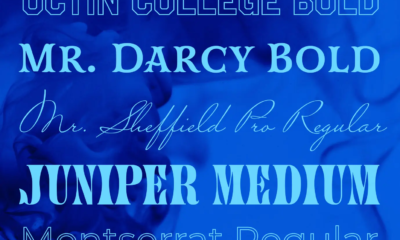Hardwares
Adobe Substance 3D Modeler for Quest 2 & Pro available with link

Sculpting in VR has a lot of advantages—it lets you interact with your creations at the right scale and get the full effect of your art in real time. But sometimes you want the precision of Desktop controls. With Adobe’s Substance 3D Modeler, you can have the best of both worlds. Substance 3D Modeler redefines 3D modeling by combining the VR and desktop experience in a single, powerful app. And today, we’re excited to share that it’s now available for Meta Quest 2 and Pro with Link, as well as natively on Rift and Rift S.
With a Sparse Distance Field (SDF) engine at its core, Modeler lets you model and sculpt without worrying about polycount, topology, or subdivision levels. Sculpt away and add matter to your scene without ever needing to retopologize. You can start your creation from scratch or import an existing model and convert it to clay to start sculpting. We sat down with Director of Product Engineering & Lead of Substance 3D Modeler Lydia Choy to learn more.
What motivated Adobe to bring Substance 3D Modeler to the Rift Store? Why is now the right time?
Lydia Choy: We’ve been wanting to bring Modeler to the store for some time! With the continued adoption of Quest, Quest Pro, and Touch Pro controllers and the features we want to add to Modeler to support these devices, it made sense to deliver Modeler more directly to the VR community so that we can engage with them more closely as we improve the product.

How were you able to ensure people could seamlessly switch between the VR and desktop versions?
LC: While we’re still actively improving this experience, we’ve done a lot of work to detect when someone has their headset on or off and to make sure the switch between Desktop and VR is as smooth as possible so that we maintain creative flow. In addition to the engineering work, we put a lot of thought into what can remain the same in the user interface or in-scene interactions vs. what needs to be different because of 6DOF use cases in VR. The more that can be shared between Desktop and VR, the simpler it is to build and maintain—but at the same time, we don’t want to compromise the advanced interactions creators expect when leveraging VR in their workflow.
How do you see Substance 3D Modeler and Medium by Adobe working together as part of an artist’s creative toolkit?
LC: Medium by Adobe will remain free on the store for people to download and use. Our hope is that over time, creators who originally started in Medium will see Modeler continue to grow into Medium’s increasingly more powerful successor. Modeler’s improvements over Medium allow it to handle way more complex, higher-res objects and scenes, with still the core priority to maintain creative flow and easing the learning curve of creating in 3D. We’re still working on building some crucial features that some in our Medium community have requested, and so this evolution towards a more professionally-capable and artistically expressive tool is something that we’re confident will come with Modeler as it improves. Already, many of the professional artists who relied on Medium have switched to Modeler as their go-to choice.
How might a VR game or app developer incorporate Substance 3D Modeler into their existing workflows?
LC: Modeler has two main purposes for creators: The first one is ideation and concepting for 2D/3D in 3D, while the second is creating in 3D for 3D. For concepting, we want creators to not have to worry about the technical constraints of 3D while they’re in the design and ideation process and to translate their ideas in their head to a scene as fast as possible. For creating 3D assets, we’re improving our export pipeline over time with a similar goal in mind: easy downstream workflows that serve both 3D professionals and those who are just getting in 3D by automating decimation/meshing and UV generation as much as possible. We’re making great strides here and there are some significant improvements on the horizon with our export and import pipeline.

Did you encounter any technical challenges during development? If so, how did you go about overcoming those obstacles?
LC: Because we’re one of the only Desktop and VR hybrid apps out there, there are many challenges we’ve tackled (and continue to tackle). It’s very exciting to develop for VR because there’s still a lot of room for wild ideas—most conventions in spatial computing haven’t been fully established. On the Desktop side, we have to carefully consider what “rules” we can break vs. what’s very established (both in Desktop computing and Desktop modeling) to meet expectations around quality or functionality. Deciding to tackle both VR and Desktop as a unified experience often doubles the amount of work and thinking even when we try to “build one way for both” as much as possible.
In addition to this, because our underlying mesh representation is Signed Distance Fields (and not, for example, polygons), there’s still a lot of experimentation and research in this area to make it possible for that tech to achieve certain visual targets that a creator may desire.

What’s the most impressive thing you’ve seen someone create with Substance 3D Modeler in VR?
LC: As we’ve been improving our scene assembly features in Modeler, we were anticipating more complex scenes from our community, but we underestimated the level of complexity that people have been able to achieve. This has been particularly notable around using these scenes in real-time 3D engines. Modern engines have been able to easily digest these scenes and render them at acceptable framerate for interactive experiences, so we’re dedicating a lot of work to improving this path.
How do you think VR will help to democratize the field of 3D asset creation, now and in the future?
LC: Any environment where a person can interact with experiences using their head, eyes, or body in a natural way results in more direct connection and immersion, and this is one of the primary goals of VR. I firmly believe there is foundational value in empowering creators with tools that give them a more direct connection between their creation process and their eye and hand movements—it’s something that we fundamentally desire as humans. There are many other ways to create of course, but the more we reduce the layers of abstraction between a creator and their creation, the easier it becomes to create in the first place. If this creative practice becomes more centered around improving a person’s ability to visualize ideas and translating this to an external medium with their hands or body, rather than learning the specifics of a tool in a computing environment, then we’ve done our job.
Anything else you’d like to share with our readers?
LC: The heart of our evolving mission has always been driven by our engagement with our community. Our team is fueled by community feedback (both positive and negative), and we love to see not only your creations but also your artistic progression while using our tools. Being connected to creators and the creative process is the reason why we’re doing all of this. Please join the community!
Substance 3D Modeler is available for $9.99 USD per month with a 14-day free trial or $99.99 USD annually with a 30-day free trial. And beginning in mid July, new purchases of the Meta Quest & Adobe Creators Bundle from amazon.com will be eligible for a one-year free annual subscription to Substance 3D Modeler. See retailer for details.
Source: Meta





